
Marathon Biomechanics How It Works Scribd
Getting Started: The Gait Cycle. Our introduction to running biomechanics can begin by looking at what we call The Gait Cycle. This cycle starts when one foot makes contact with the ground, and ends when that same foot makes contact with the ground again. It can be divided up into two "phases" - the stance phase (during which the foot is.

Running Biomechanics
The running styles defined by the Dual-axis framework may guide future research to answer questions regarding performance improvement, injury prevalence. Also, questions regarding certain environmental contexts in relation to running biomechanics can be answered more pointedly and consistently than has hitherto been possible.

RUNNING BIOMECHANICS FOOT MOTION "SPLAY", HIP EXTENSION FORM TECHNIQUE TIPS by Coach Sage
During 45-min running in MinRS and TrdRS, the ankle muscles pre- and co-activation, biomechanics, and energetics of running of 16 male endurance runners (25.5 ± 3.5 yr) were assessed using.

Biomechanics of running. Illustration of the calculated angle (β)... Download Scientific Diagram
The biomechanics of running Gait Posture. 1998 Jan 1;7(1):77-95. doi: 10.1016/s0966-6362(97)00038-6. Author TF Novacheck 1 Affiliation 1 Motion Analysis Laboratory, Gillette Children's Specialty Healthcare, University of Minnesota, 200 E. University Ave, St. Paul, MN 55101, USA; PMID: 10200378 DOI: 10.1016.
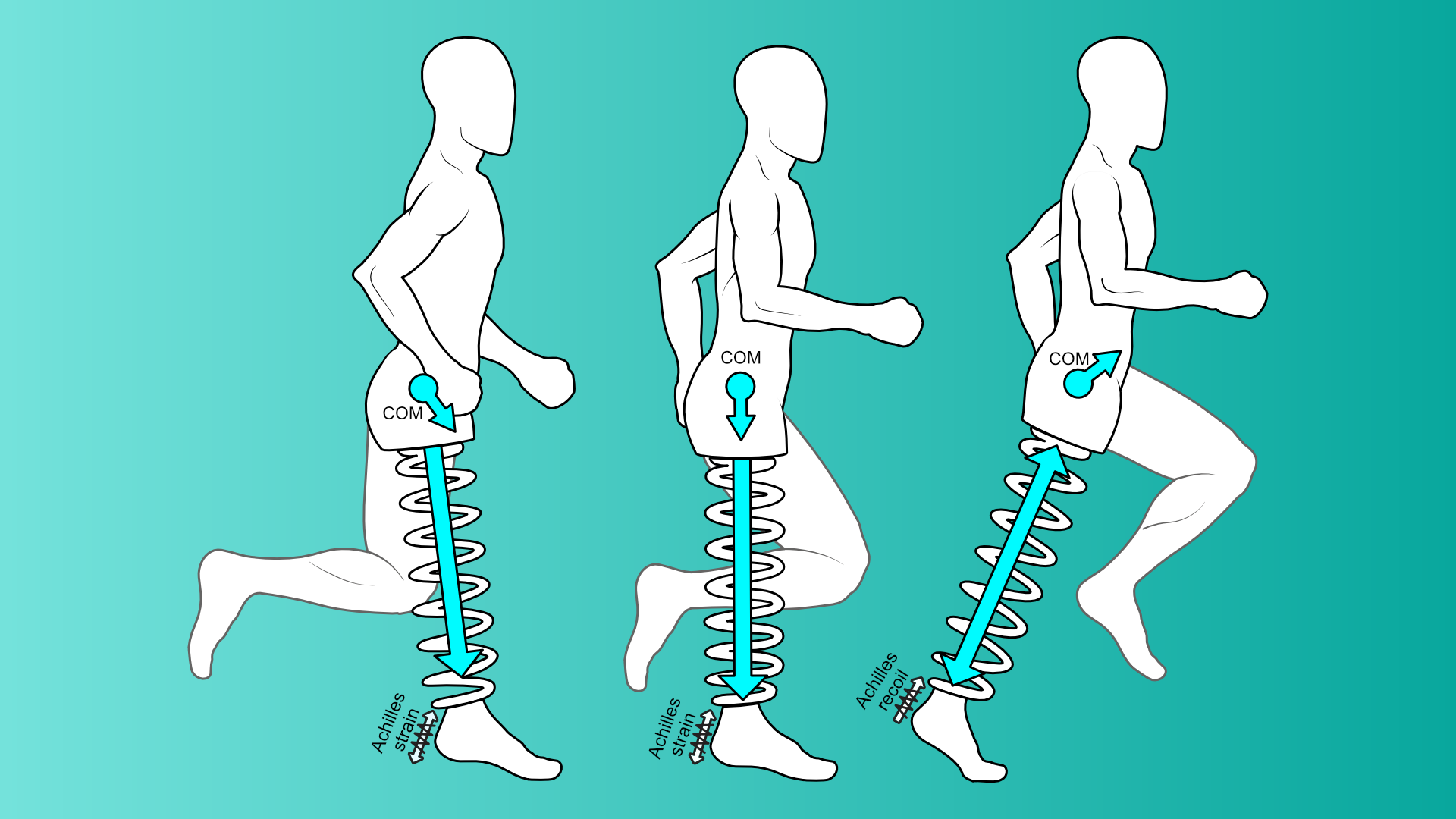
Braking And Acceleration In Running Biomechanics Insoles and Orthotics Healthy Step
This paper discusses the biomechanics of running and emphasizes three-dimensional joint kinematics and kinetics. To summarize the major points: (1) the major power generator--the ankle--generates three and two times the power of the knee and hip, respectively; (2) the large eccentric action of the ankle plantar flexors illustrates the ankle's secondary role as an absorber of the vertical.
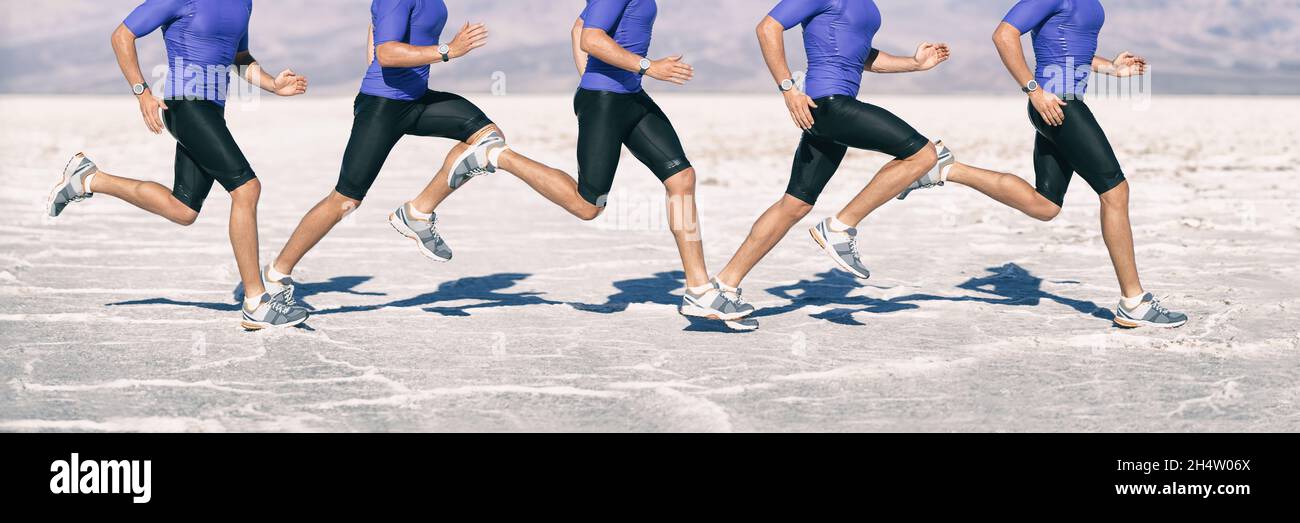
Biomechanics of running gait cycle movement analysis of runner sprinting through desert
1. shock absorption and control of vertical collapse during any weight acceptance phase; 2. balance and posture control of the upper part of the body; 3. energy generation associated with forward and upward propulsion; 4. control of direction changes of the center of mass of the body. The study of kinetics begins to.
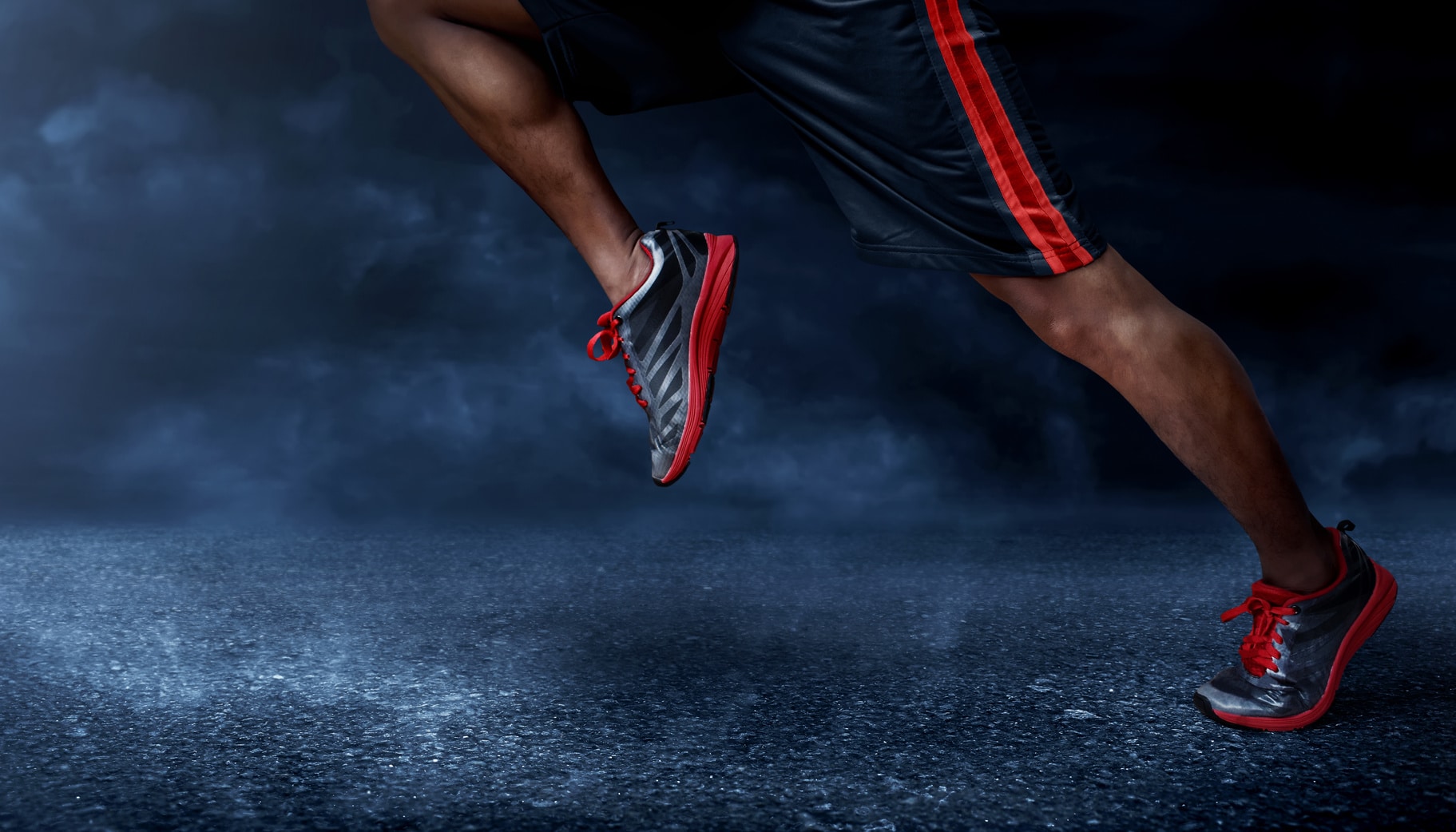
Understanding The Running Gait Cycle An Introduction to Running Biomechanics — RUNNER'S
Biomechanics of Gait and Running I. Normal Gait STANCE (60-62% gait cycle). Perry J. Anatomy and biomechanics of the hindfoot. Clin Orthop 177:9-15, 1983. Perry J. Gait analysis, normal and pathological function. Thorofare, NJ: Charles B. Slack, 1992. Root ML, Orien WP, Weed JH. Normal and Abnormal Function of the Foot.

Biomechanics of running YouTube
SUMMARY. Running biomechanics play an important role in the development of injuries in recreationally active individuals. Performing a systematic, video-based running biomechanics analysis rooted in the current evidence on running injuries can allow the clinician to develop a treatment strategy for injured runners.

Running Biomechanics Simplified
Running 101: The Biomechanics of Running. National Academy of Sports Medicine | Stay Updated with NASM! In this "Master Instructor Roundtable," hosts Wendy Batts and Marty Miller share personal running stories, discuss common injuries associated with the exercise, important phases of training, recovery, and much more.
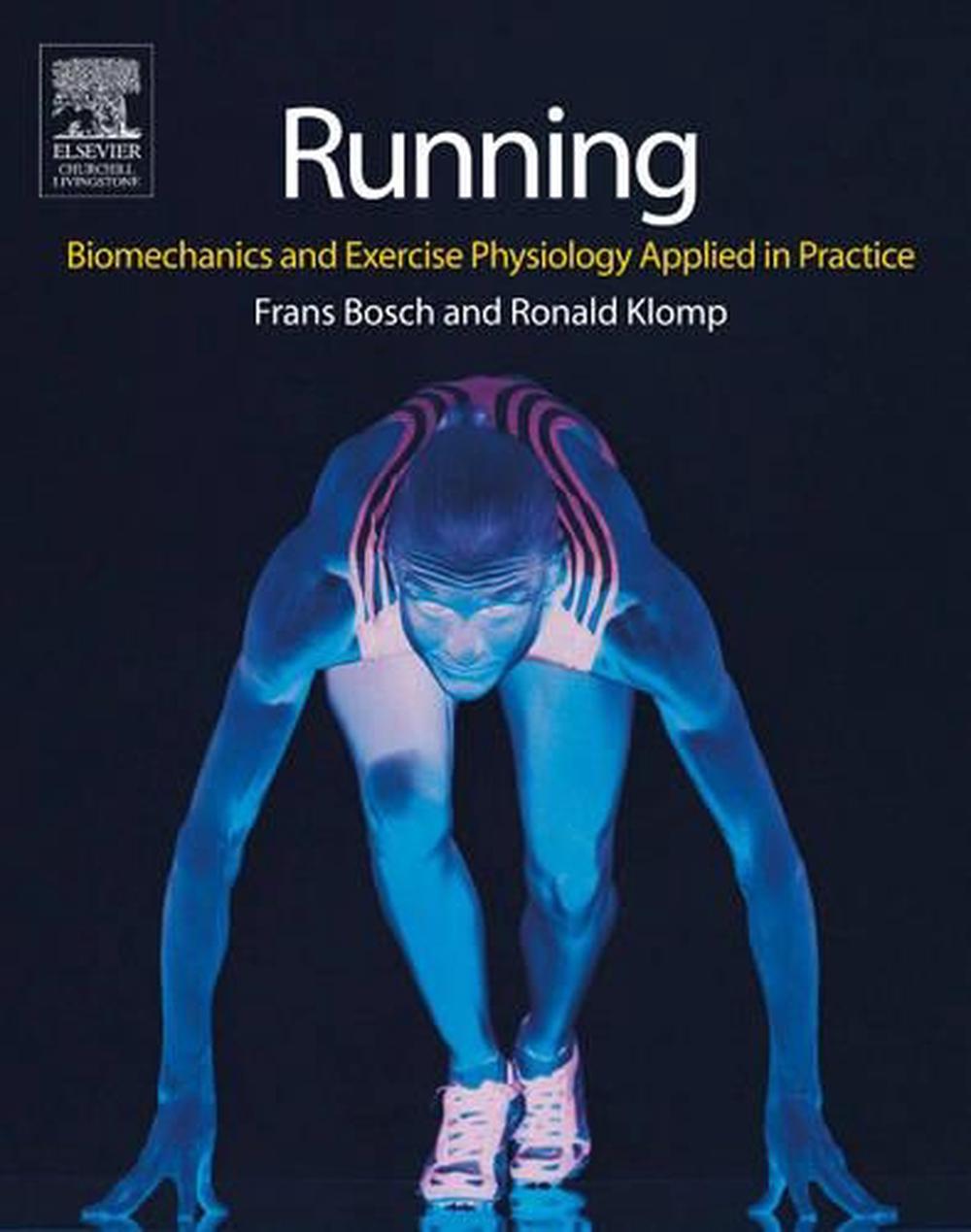
Running Biomechanics and Exercise Physiology in Practice by Frans Bosch, Paperback
How to do it: Stand with feet hip-width apart. Raise right knee to hip height. In a quick, explosive movement, lower right foot to floor and raise left knee high, then lower left knee and raise.
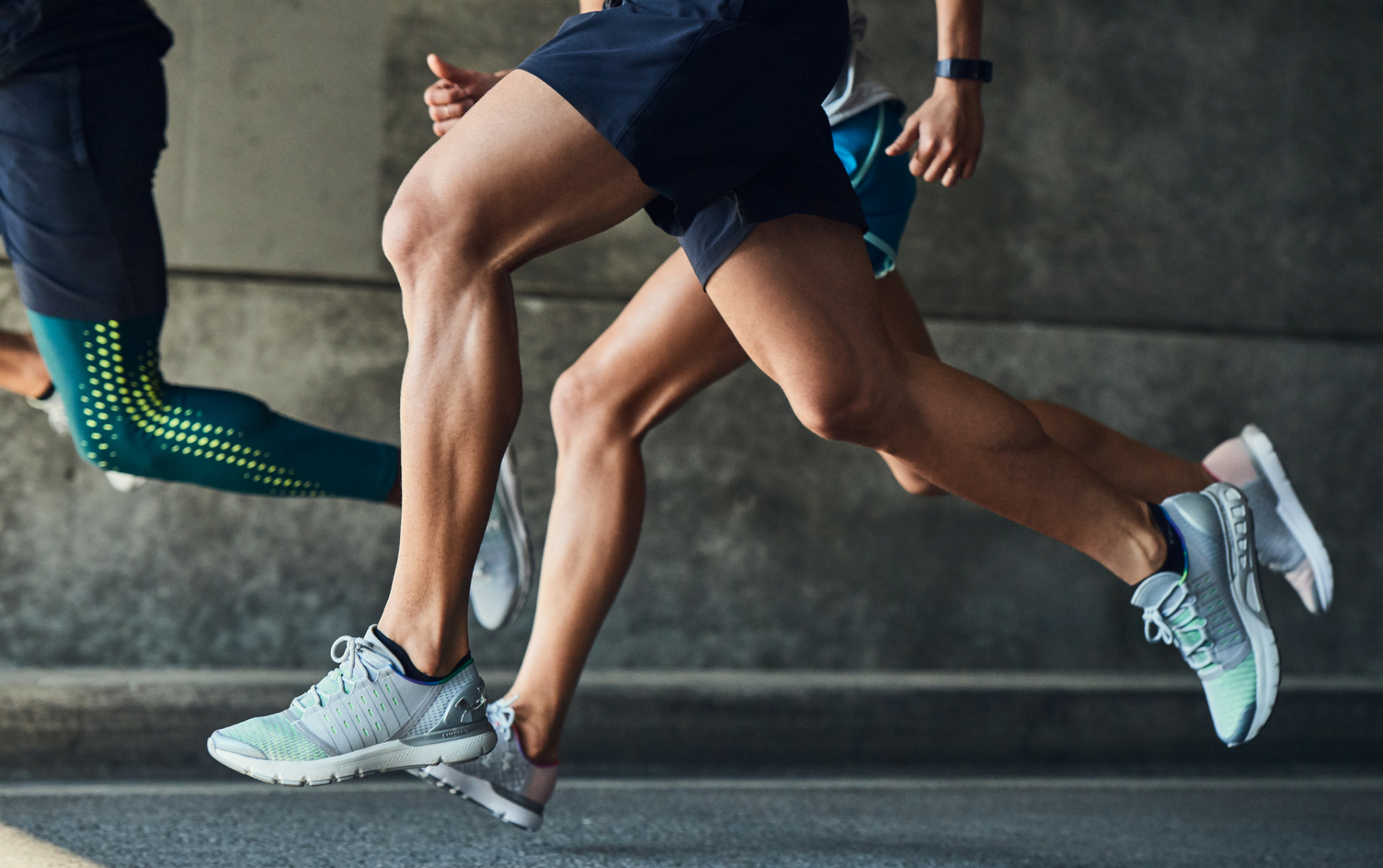
The basics of running knee biomechanics Hong Kong Sports Clinic
Running is similar to walking in terms of locomotor activity. However, there are key differences. Having the ability to walk does not mean that the individual has the ability to run. [1] Running requires: Greater balance. Greater muscle strength. Greater joint range of movement. Running Gait cycle.

The Biomechanics of Running Part 1 Hersco Edu Center
The study of the biomechanics of running refers to understanding the structure, function, and capability of the lower extremities and overall kinetic chain that allow a human to run. Although no two individuals share identical anatomy, strength, or proprioceptive qualities, there are many similarities to understand regarding the role of each individual's running cycle to diagnose and treat.

Running Biomechanics and Form A Beginner’s Guide to Amputee Running Running biomechanics
Generally, the gait duration is divided into two major phases as scheme in figure (1), stance phase, covers 60-62 % of the entire cycle, begins at first heel strike and ends at toe-off. Swing.
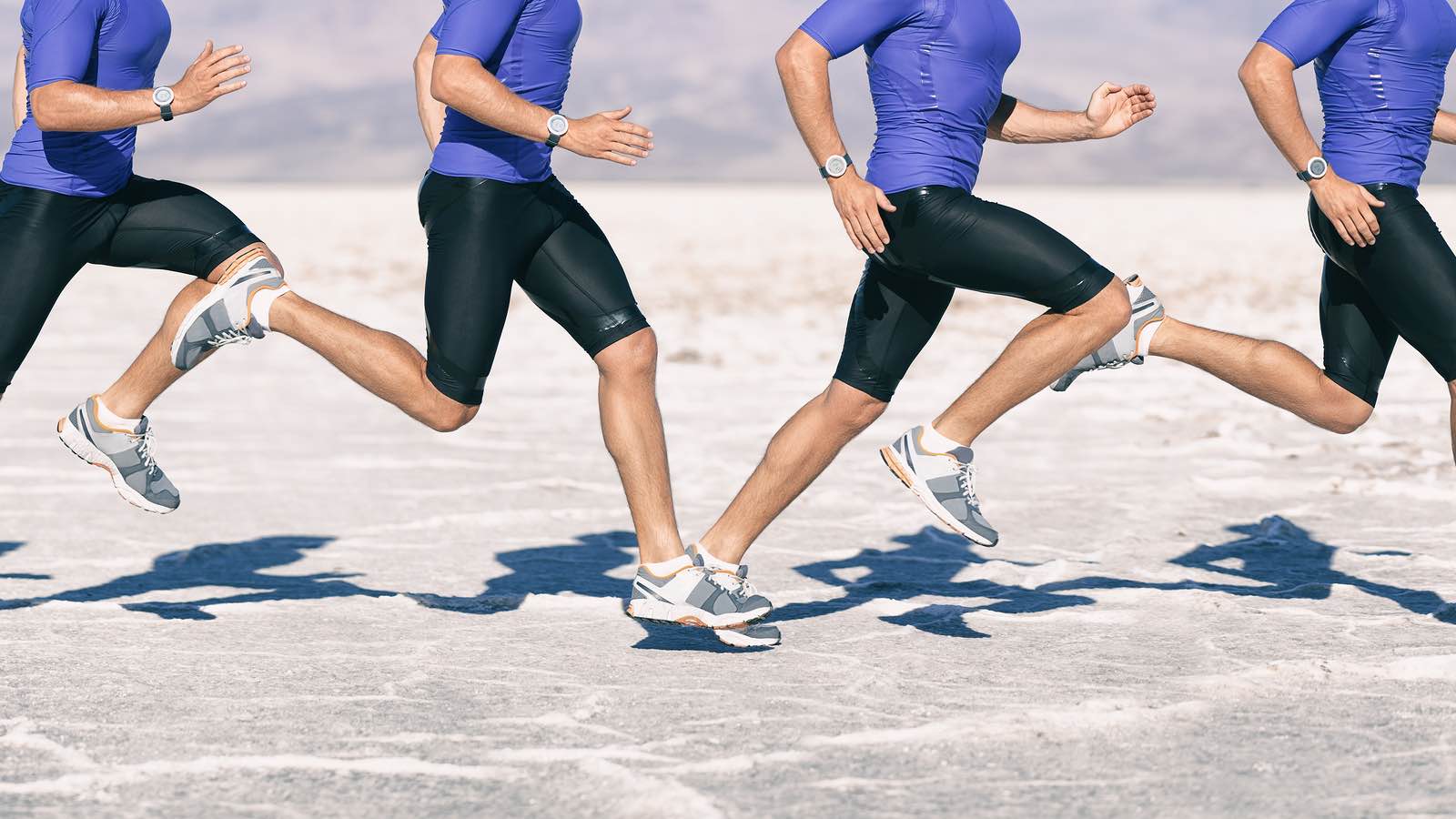
Running Biomechanics Courses Available on Physioplus Physiospot Physiotherapy and Physical
Biomechanics of Running Terry L. Nicola, MD, MS a,b,c,*, David J. Jewison, MDd KEYWORDS • Running • Biomechanics • Gait cycle • Running injuries The study of the biomechanics of running refers to understanding the structure, function, and capability of the lower extremities and overall kinetic chain that allow a human to run.
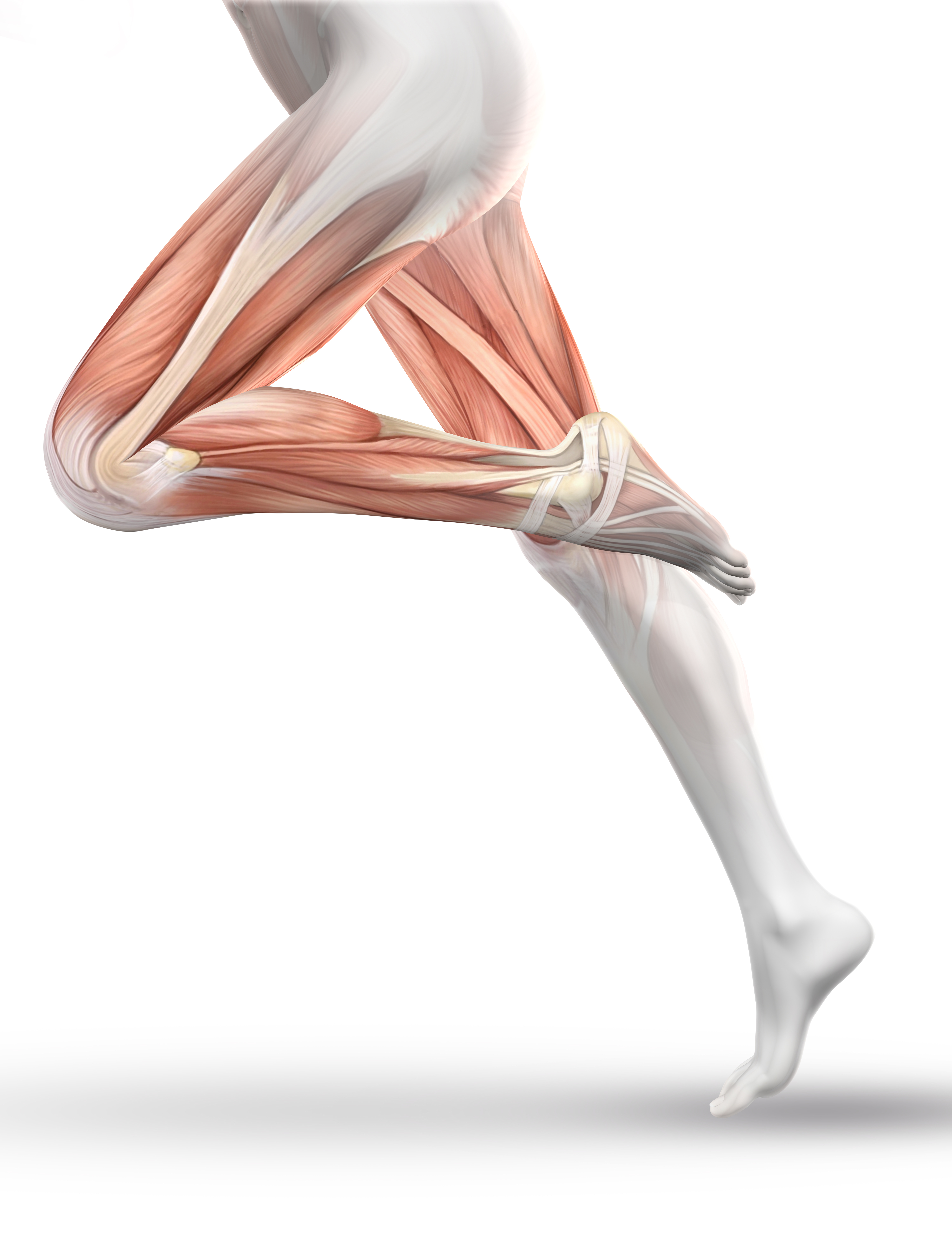
Biomechanics of Running Part 2 motive8 North
Mann RA, Hagy J (1980) Biomechanics of walking, running, and sprinting. Am J Sports Med 8(5):345-350. CrossRef CAS PubMed Google Scholar Marti B, Vader JP, Minder CE, Abelin T (1988) On the epidemiology of running injuries. The 1984 Bern Grand-Prix study. Am J Sports Med 16(3):285-294
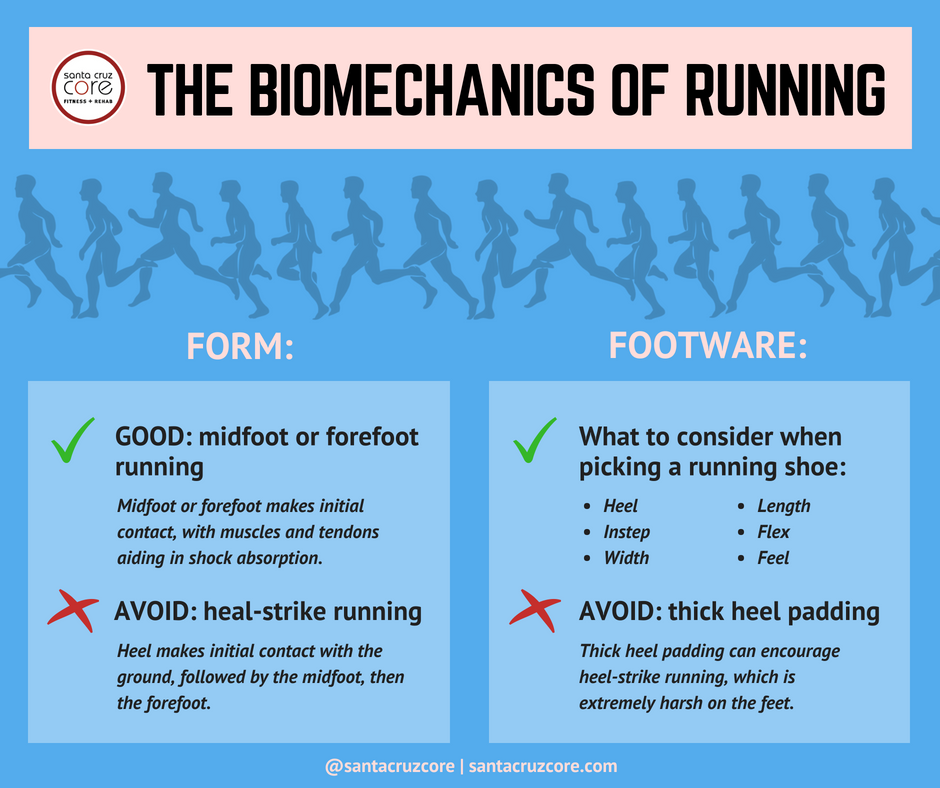
The Biomechanics of Running Santa Cruz CORE Fitness + Rehab
In running biomechanics, precise analyses of kinematics, kinetics and temporospatial variables offer a foundation to improve performance and reduce injuries by detecting potentially injurious mechanics. As biomechanical variables do interrelate and are influenced manifoldly (speed, footwear, running surface, etc.), biomechanics cannot simply be.